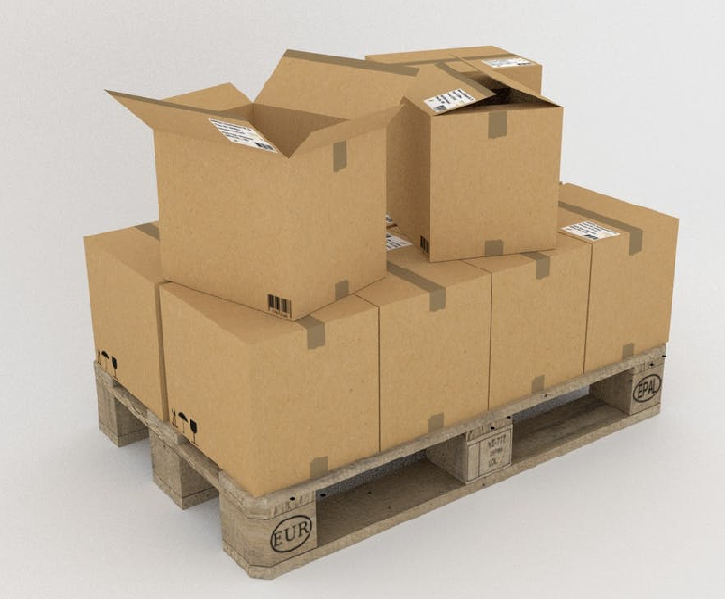
by Marketing | Jun 8, 2017 | News
 When you need to save on LTL shipping, it can be difficult for shippers to find the lowest rate that will fit their shipping needs. LTL (less-than-truckload) freight shipments involve small freight deliveries that are too large to be considered parcels, yet too small to fill an entire truckload. LTL freight shipping rates can be very complex and confusing, but third-party logistics (3PL) providers, such as Logistics Plus, can help ensure you are receiving the best possible rate. Make sure you follow these tips to save the next time you have an LTL shipment:
When you need to save on LTL shipping, it can be difficult for shippers to find the lowest rate that will fit their shipping needs. LTL (less-than-truckload) freight shipments involve small freight deliveries that are too large to be considered parcels, yet too small to fill an entire truckload. LTL freight shipping rates can be very complex and confusing, but third-party logistics (3PL) providers, such as Logistics Plus, can help ensure you are receiving the best possible rate. Make sure you follow these tips to save the next time you have an LTL shipment:
- Know exactly what your shipment is
- It is crucial to be exact when weighing and calculating the size of a shipment. Shippers should never use an estimate for the weight or size of their items because if they are wrong, carriers will charge additional fees that will only increase the cost of your shipment. Also, find out the exact and correct NMFC item number and description for your commodity and make sure it is noted on your bill of lading. Some commodities even have freight density exceptions that can also impact your rates. More carriers are enforcing bill of lading accuracy and avoiding these surprise fees is a very important way shippers can keep their total costs to a minimum.
- Choose the correct freight class
- Understanding freight classifications is important to saving money on LTL shipments. Freight classifications are based mainly on density, but other factors such as liability and handling are also considered. There is a total of 18 standard classes, and choosing the correct one is crucial to avoiding additional fees and costs. A lot of times, these freight classes are negotiable with carriers making it possible to reduce your shipping costs as much as possible.
- Maximize your pallet space
- Most LTL carriers have very specific and often complex cubic capacity rules which can greatly increase the cost of your shipment. Carriers impose minimum cubic capacity rules to effectively counter very light, fluffy shipments that take up more than their fair share of a trailer. In most cases, if a shipment consumes 750 cubic feet of space or more, and the shipment has freight density of less than 6 pounds per cubic foot, it’s not paying its fair share. In these cases, carriers will often default to a higher freight classification with minimum weight and size rules and lower (or no) discounts. To save money on LTL shipping, make sure you fully understand the minimum cubic capacity of the carrier you choose and maximize that space. Maximizing your pallet space and increasing the density of your shipment is a great way to save on LTL shipping.
- Consolidate orders
- If it is possible, try to combine small LTL shipments into one larger shipment. A lot of times, multiple small shipments will be going to the same location daily. If these shipments are consolidated into one, rates will decrease and you will save money. It is vital to understand exactly when orders must be delivered because it makes it much easier and cost effective to combine orders that will be headed to the same location. An experienced 3PL partner can help you with a complete LTL freight analysis to determine if you have any consolidation or savings opportunities.
- Use proper packaging
- Most carriers have limited liability policies, so it is important to correctly package your shipments to avoid damages. Attaching freight to the pallet by using shrink-wrap or other protective wraps can help you avoid damages to your shipments. Also, be sure to make note of fragile shipments by adding labels or signs that are easily visible on the packaging. The condition of the package upon arrival is important to all customers. If your shipment is extremely valuable, you might also consider purchasing cargo insurance for added protection.
- Determine the net cost
- Focusing on the net cost of LTL shipments is the best way to save money on shipping. There are so many factors such as weight, height, distance, delivery time, and accessorial service options that become forgotten when choosing the best rate. Considering all of these costs and combining them into one final price will give a more accurate and precise net cost of your shipment. It is important to not get caught up in just reviewing the freight or discounted rates because a lot of times, there are additional fees and charges that will factor into the final cost.
Here’s the bottom line: If you have LTL shipping needs and want to ensure that you are not overpaying, then contact Logistics Plus today!


by Marketing | Jun 6, 2017 | News
 Shipping between the U.S. and Mexico is not as easy as it may seem. In order to transport shipments between these countries, there are certain regulations and documents that must be legally followed. The most common methods of shipping goods from the United States to Mexico are by truck, rail, air and sea, or a mixture of two or more of these transportation modes.
Shipping between the U.S. and Mexico is not as easy as it may seem. In order to transport shipments between these countries, there are certain regulations and documents that must be legally followed. The most common methods of shipping goods from the United States to Mexico are by truck, rail, air and sea, or a mixture of two or more of these transportation modes.
Here’s what you need to know when you’re shipping from the U.S. to Mexico:
- An American carrier will transport your cargo to the border and deliver it to the designated carrier who has been selected / hired by the Mexican consignee (the recipient of his goods).
- The carrier receives your shipment, inspects the cargo, checks all documents and prepares the shipment to enter Mexico on behalf of the Mexican customs agent who is handling your shipment.
- The Mexican customs agent will formally present the Mexican customs entry on behalf of the Mexican consignee.
- Now it’s time for your cargo to cross the border! A third party transportation company will ship your shipment across the border, through customs, and then deliver it to the selected Mexican carrier’s facility.
- Finally, the Mexican carrier transports its cargo inland to its final destination in Mexico, the consignee
Here’s what you need to know when you’re shipping from Mexico to the U.S:
- A Mexican carrier transports its cargo to the border city.
- A Mexican customs agent formally presents the entry of the Mexican export customs on behalf of the Mexican sender so that the goods can legally leave the country.
- A licensed U.S. customs agent then files the U.S. customs clearance so that the shipment can enter the U.S. on behalf of the U.S. importer of record (the consignee).
- A third party transportation company will ship your shipment across the border, through the U.S. Customs, and deliver the shipment to the selected U.S. carrier’s premises.
- The U.S. carrier transports the freight to the final destination.
Here are the basic import and export documents you’ll need:
- Import /export form
- Commercial invoice
- Bill of lading
- NAFTA Certificate of Origin (only if goods qualify for NAFTA)
Every country has its own regulations and shipping requirements so it’s important to be aware of this information before shipping to any country. Contact our team of cross-border experts here at Logistics Plus to learn more about shipping between the U.S and Mexico.

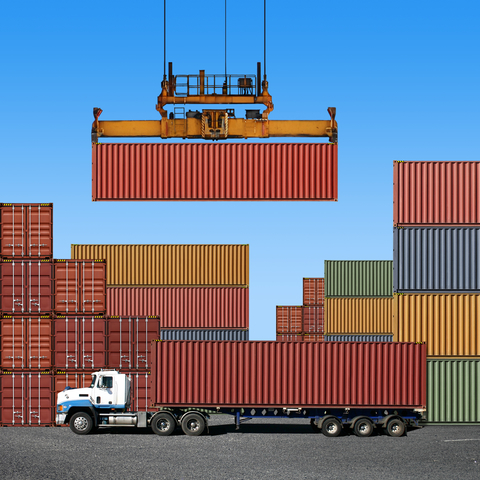
by Marketing | Jun 1, 2017 | News
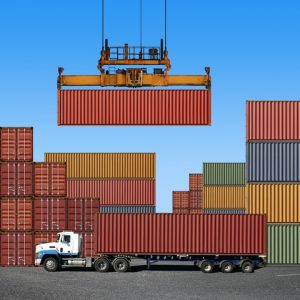 Intermodal shipping involves the movement of loads using multiple transportation modes (i.e., air, sea, road, or rail). Today, intermodal shipping often refers to a road-to-rail-to-road combination service that has enjoyed significant growth in supply chains across North America. The benefits of intermodal shipping include:
Intermodal shipping involves the movement of loads using multiple transportation modes (i.e., air, sea, road, or rail). Today, intermodal shipping often refers to a road-to-rail-to-road combination service that has enjoyed significant growth in supply chains across North America. The benefits of intermodal shipping include:
- A lower cost than standard trucking.
- Increased levels of security.
- Greater sustainability.
In North America, international containers are frequently shipped by intermodal rail in what’s known as “container well cars.” These cars resemble flatcars but the newer ones have a container-sized depression that allow two containers to be loaded – or double-stacked – onto the rail car. The loading and unloading of these container well cars is generally handled by trucks that run between ocean ports, rail terminals, and inland shipping docks completing the intermodal component of the service. The trucking that occurs at origin or destination is often called “drayage,” and is typically provided by dedicate companies or by the railroads themselves.
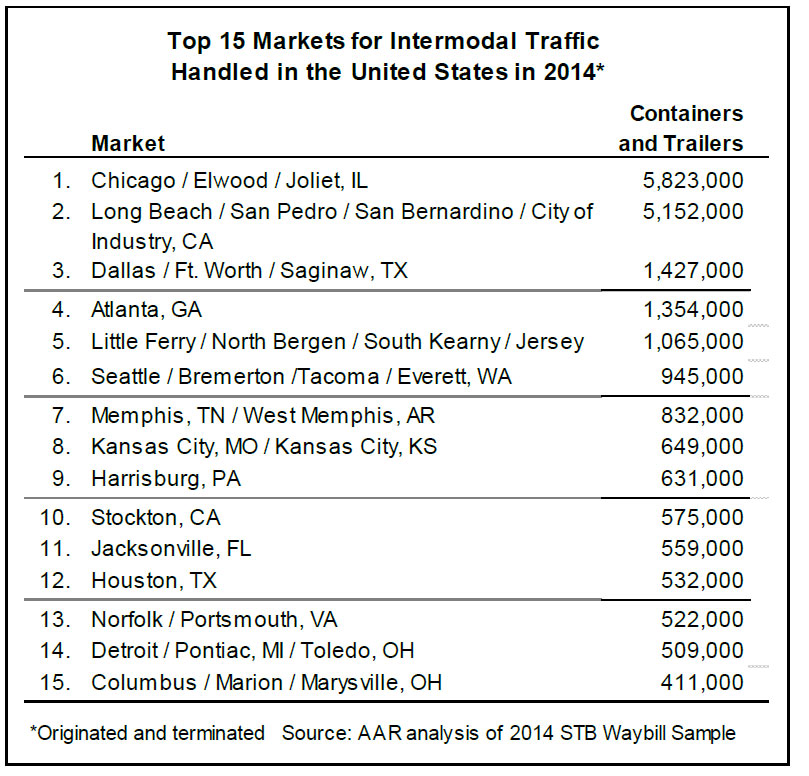 According to the Association of American Railroads (AAR), containers accounted for 91% of the 2016 intermodal volume in the United States. The table shown here has the top U.S. metropolitan areas for intermodal volume. Major intermodal markets have large populations and extensive highway networks, both of which are critical elements for intermodal success.
According to the Association of American Railroads (AAR), containers accounted for 91% of the 2016 intermodal volume in the United States. The table shown here has the top U.S. metropolitan areas for intermodal volume. Major intermodal markets have large populations and extensive highway networks, both of which are critical elements for intermodal success.
The popularity of intermodal transportation has been increasing, in part, due to the following trends:
- The evolution of the road transport industry in recent years: marked by the shortage of drivers, increased demand, and reduced capacity of trucks and rising fuel prices.
- A rethinking of the logistic strategies: through the pursuit of cost savings, environmental benefits and better results in terms of road safety.
- A strong focus on supply chain efficiency: lower and more predictable rates, flexibility of loading and unloading of goods, reduction of handling costs, increased speed of access to equipment and standardized transit times.
Intermodal and rail service takes millions of trucks off our highways each year, and its potential to play a much larger role in the future is enormous, both in traditional transcontinental markets and in cross-border trade lanes. If you’re considering adding intermodal to your company’s supply chain, be sure to talk with the intermodal experts at Logistics Plus.

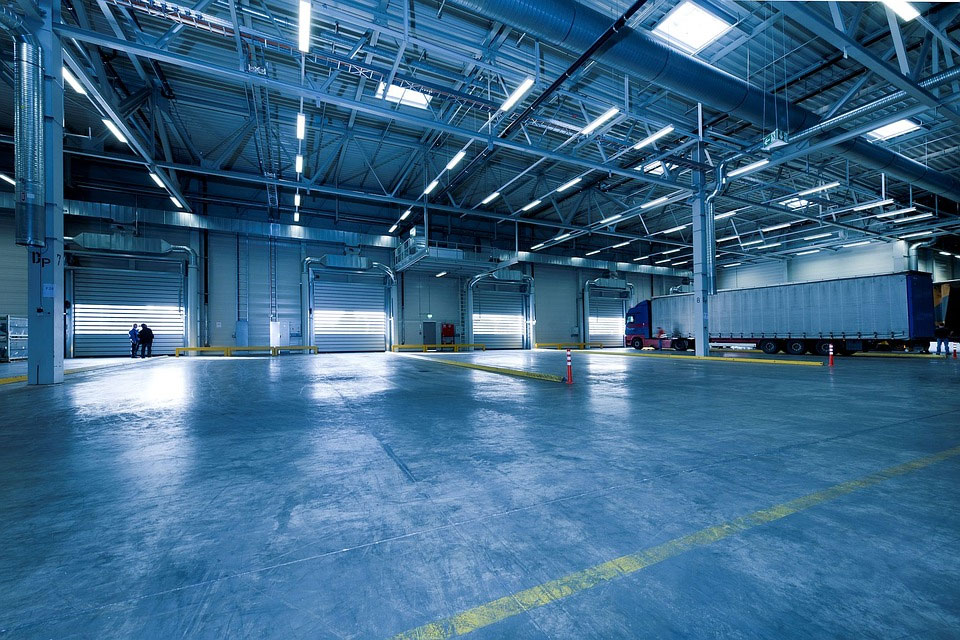
by Marketing | May 31, 2017 | News
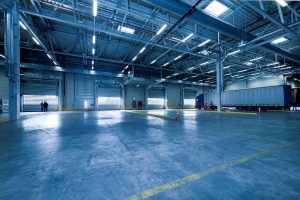 Companies that sell through Amazon must contemplate whether it makes sense to use Fulfillment By Amazon (FBA) services or consider third-party warehousing alternatives to FBA. When making this important business decision, it is pivotal that companies understand the benefits of third-party logistics (3PL) while recognizing the potential issues associated with FBA. Here are a few of the problems facing Amazon retailers, and ways that 3PL companies such as Logistics Plus can help:
Companies that sell through Amazon must contemplate whether it makes sense to use Fulfillment By Amazon (FBA) services or consider third-party warehousing alternatives to FBA. When making this important business decision, it is pivotal that companies understand the benefits of third-party logistics (3PL) while recognizing the potential issues associated with FBA. Here are a few of the problems facing Amazon retailers, and ways that 3PL companies such as Logistics Plus can help:
- Issue: Expensive fulfillment and warehousing options where the prices can change monthly
- Cause: Due to the decreasing space at Amazon fulfillment and warehousing centers, the costs continue to increase and fluctuate by month. Between the months of January-September and October-December, Amazon retailers can expect about a 265% increase in monthly storage prices.
- Logistics Plus Solution: By offering similar services as Amazon, but at a lower price, Logistics Plus offers more flexibility with packaging and warehousing, along with predictable and stable pricing all year long (see examples below).
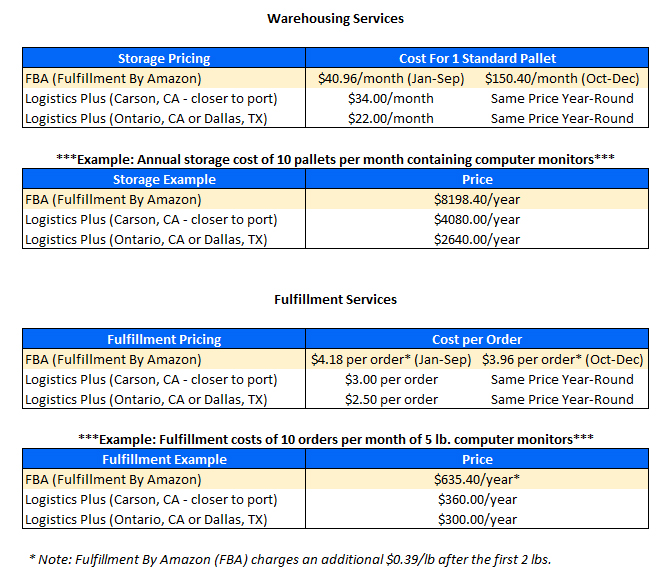
- Issue: Supply chain visibility and unknown locations of products.
- Cause: Due to the high volume of products and limited capacities of FBA warehouses, products may become lost or damaged, leaving the customer wondering where their product is located or being held. When Amazon struggles to offer this valuable information to their customers, this can often lead to a frustrating experience.
- Logistics Plus Solution: Logistics Plus is able to track and locate products much easier because it is much smaller and more nimble than Amazon; and Logistics Plus warehouse management system (WMS) technology provides customers with complete, real-time status of products entering or leaving one of its warehouses (we support both LIFO and FIFO inventory systems).
- Issue: Product quality may become compromised.
- Cause: Many retailers may be selling the exact same thing on Amazon, but the customer always expects to receive the product from whom they bought it from. This may not always be the case with Amazon. Even if the buyer bought their item from a Florida seller, they may receive an identical product, but from a Pennsylvania seller. Although it doesn’t always cause issues, the chance of receiving a knockoff or fake product greatly increases.
- Logistics Plus Solution: Logistics Plus ensures that the your customers will receive the exact product they ordered, significantly reducing the risk of delivering a fake or incorrect product.
- Issue: Customer service communication and cooperation.
- Cause: Due to the amount of retailers selling on Amazon, the customer service responses can often be delayed. Buyers and sellers tend to have multiple questions to make sure they know exactly what Amazon is doing with their orders. Working through these questions, a retailer can often expect a significant amount of time on hold, often without final resolution.
- Logistics Plus Solution: By employing an efficient and cooperative customer service staff, Logistics Plus will tend to every customer’s needs. Whether it is a quote on your next import or a simple question regarding the status of your inventory, Logistics Plus will provides answers quickly.
If you’re a retailer that sells on Amazon and you’re contemplating third-party warehousing alternatives to FBA, then contact Logistics Plus. As an endorsed member of the Amazon Global Selling Solutions Provider Network, we know Amazon and we know Amazon Sellers well.


 When you need to save on LTL shipping, it can be difficult for shippers to find the lowest rate that will fit their shipping needs. LTL (less-than-truckload) freight shipments involve small freight deliveries that are too large to be considered parcels, yet too small to fill an entire truckload. LTL freight shipping rates can be very complex and confusing, but third-party logistics (3PL) providers, such as Logistics Plus, can help ensure you are receiving the best possible rate. Make sure you follow these tips to save the next time you have an LTL shipment:
When you need to save on LTL shipping, it can be difficult for shippers to find the lowest rate that will fit their shipping needs. LTL (less-than-truckload) freight shipments involve small freight deliveries that are too large to be considered parcels, yet too small to fill an entire truckload. LTL freight shipping rates can be very complex and confusing, but third-party logistics (3PL) providers, such as Logistics Plus, can help ensure you are receiving the best possible rate. Make sure you follow these tips to save the next time you have an LTL shipment:



 Intermodal shipping involves the movement of loads using multiple transportation modes (i.e., air, sea, road, or rail). Today, intermodal shipping often refers to a road-to-rail-to-road combination service that has enjoyed significant growth in supply chains across North America. The benefits of intermodal shipping include:
Intermodal shipping involves the movement of loads using multiple transportation modes (i.e., air, sea, road, or rail). Today, intermodal shipping often refers to a road-to-rail-to-road combination service that has enjoyed significant growth in supply chains across North America. The benefits of intermodal shipping include: According to the Association of American Railroads (AAR), containers accounted for 91% of the 2016 intermodal volume in the United States. The table shown here has the top U.S. metropolitan areas for intermodal volume. Major intermodal markets have large populations and extensive highway networks, both of which are critical elements for intermodal success.
According to the Association of American Railroads (AAR), containers accounted for 91% of the 2016 intermodal volume in the United States. The table shown here has the top U.S. metropolitan areas for intermodal volume. Major intermodal markets have large populations and extensive highway networks, both of which are critical elements for intermodal success.
 Companies that sell through Amazon must contemplate whether it makes sense to use Fulfillment By Amazon (FBA) services or consider third-party warehousing alternatives to FBA. When making this important business decision, it is pivotal that companies understand the benefits of third-party logistics (3PL) while recognizing the potential issues associated with FBA. Here are a few of the problems facing Amazon retailers, and ways that 3PL companies such as Logistics Plus can help:
Companies that sell through Amazon must contemplate whether it makes sense to use Fulfillment By Amazon (FBA) services or consider third-party warehousing alternatives to FBA. When making this important business decision, it is pivotal that companies understand the benefits of third-party logistics (3PL) while recognizing the potential issues associated with FBA. Here are a few of the problems facing Amazon retailers, and ways that 3PL companies such as Logistics Plus can help: